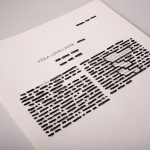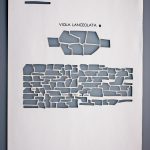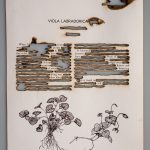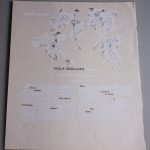“King Speaking” is a sequence excerpted from the latter half of a book-length erasure, Her Read, forthcoming from Texas Review Press in 2021. Her Read reconceives the entirety of The Meaning of Art (Faber & Faber, 1931), a highly regarded exploration of art from prehistory to the modern era by British art and cultural critic Herbert Read. Though the maternal body appears with frequency, zero womxn artists are included in the early editions of this text. In 1951, Barbara Hepworth becomes the sole female artist to be admitted.
I began this makeover summer of 2016, in that pre-election heat, when rage at the latest iterations of hate on the American political stage, in conjunction with erasures playing out in my own life, made other writing seem impossible. From the voice of the male critic surveying male bodies of work, I began excavating a first-person lyric, the imagined voice(s) of womxn artists.
The concept of “mastery” appears with frequency over the course of the book, issues of dominion—that is to say—control—over a medium of expression, over other humans, and of course, over the Earth. One may well ask, what is art but a pronunciation of mastery? One may ask, must it always be?
Though I call this erasure, collage is a more accurate descriptor of this late excerpt. The surgical reconstruction contrasts cruder, monochromatic pages early in the text—used canvases treated only with correction fluid. As the book advances, the speaker gains agency over the text, revising the rules to serve to her fluencies. One rule is not broken: all language excavated and redeployed in this text can be harvested from a single copy of Read’s seminal text.
Materials: source text, correction fluid, archival inks, bookbinders glue, florist tissue, window shades, general purpose thread, embroidery floss.
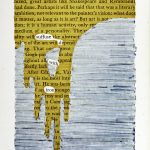
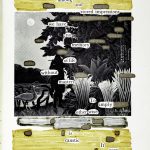
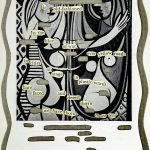


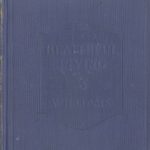

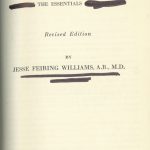
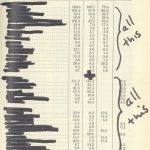
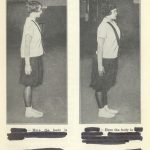
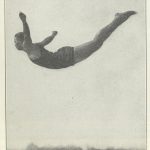

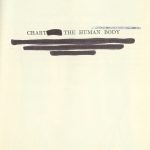
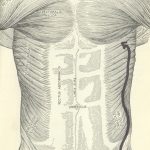
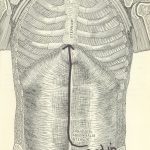
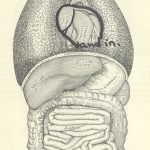
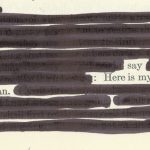
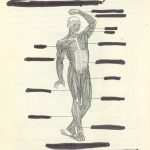

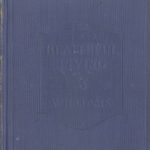
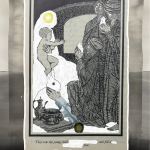
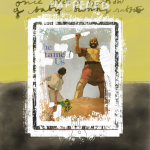
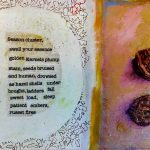
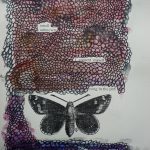
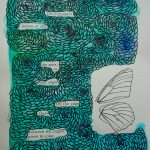
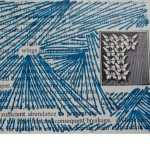

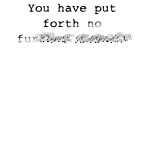
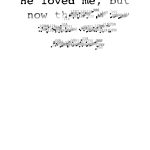
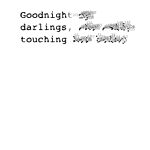
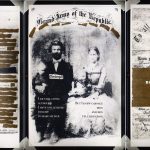
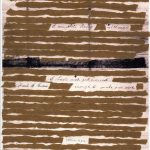
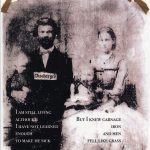
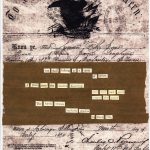





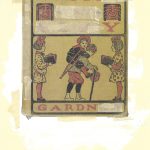
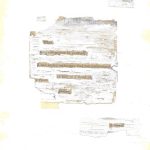

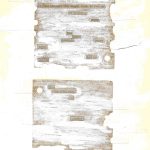

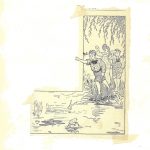
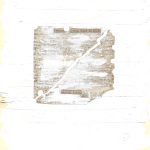

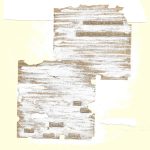
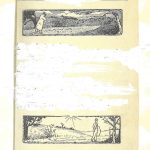
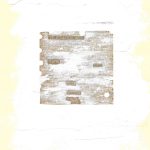
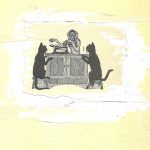
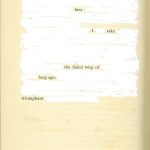
![Body of The [strikeout text] Fairy Tale.](https://cah.ucf.edu/floridareview/wp-content/uploads/sites/34/2019/10/Sirmans-image-1024x713.jpg)

